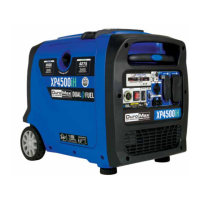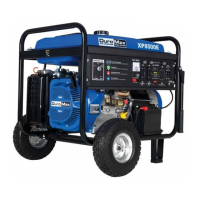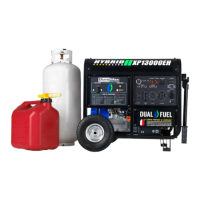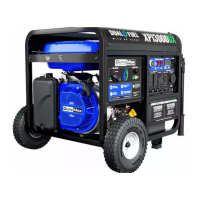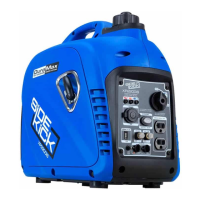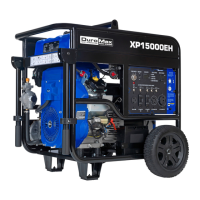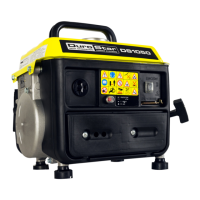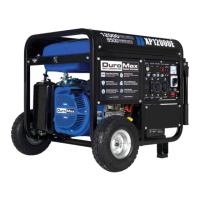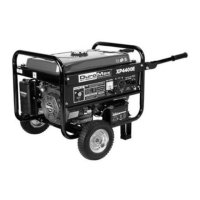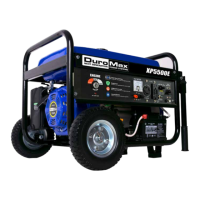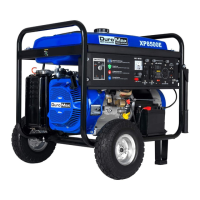How to troubleshoot a DUROMAX DUAL FUEL XP4500IH Portable Generator that will not start?
- JJoseph PhillipsJul 28, 2025
If your DUROMAX Portable Generator's engine will not start, several factors could be the cause. First, ensure the battery is charged. Second, check that the engine switch is in the ON position. Stale or contaminated gasoline can also prevent starting, so drain the system and refill with fresh fuel. Also, make sure that the generator has enough fuel, the fuel is not old or contaminated, the spark plug is clean and not broken. Ensure that the generator is on a level surface and that the oil level is sufficient.
